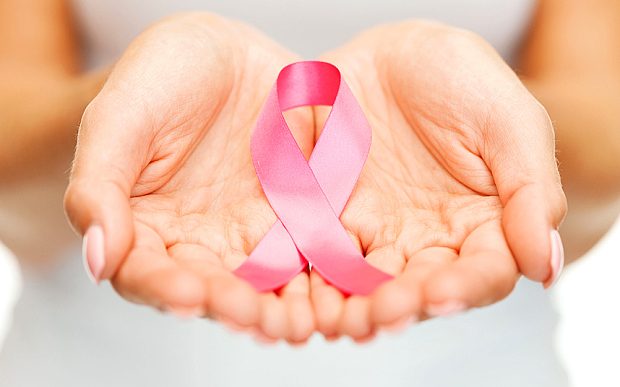
In some way, Augustus Waters explaining his latest cancer outbreak to Hazel Grace Lancaster uses an accurate analogy. Cancer cells do light up. Its quick and it’s all at once. But, how? It can all be explained by the cell cycle, mitosis, and cell division.
First of all, what is the cell cycle? It’s a repeated process of cells determining when and if they should divide. It is most commonly explained by a pie looking chart such as…

You may see lots of weird letters on this chart? What do they mean??? Well, I’m not going to explain them to you if that’s what you were thinking was about to happen… Just kidding.
G1- This is the first part of interphase (any part of the cell cycle that is not mitosis) that is there for growth. From here, if the cell is not ready to continue in growth, it goes in the G0 phase, or a resting state.
S- This is the DNA synthesis phase. Pretty much, here the DNA replicates for the new future cell.
G2- This is another growth phase. It essentially prepares the growing cell for mitosis. A cell will only go into this phase if it is definitely going to duplicate.
M- MITOSIS! (Which we will get into later.)
How does a cell know weather or not to divide? It is all based on the concentration of the protein molecules Cyclin and CDK (Cyclin-Dependent kinase. The cyclin acts as an “on-switch” for mitosis. When the two are combined, the process is ready to happen. There are some circumstances though. The molecules cannot be too crowded in the cell and they have to be anchored down.
How does this all relate to the concept of cancer?
Cancer is easily described as a mutated gene in the cell. It mainly makes cell division uncontrolled. There are two types of mutated genes in the cell. One is Oncongenes. The very rapidly accelerate the production of cells. The cyclin “on-switch” is always on. On the other hand is TSG, or tumor suppressor genes. This type of mutation inhibits the cells and totally puts a break on the production of cells. Either way, this mutation causes what we call cancer.
These days, we have ways to treat cancer. Not cure, but treat it. But, they are not so great for the body either. Gleevac is one form of treatment specifically. It is a thin molecule that attaches itself to the tyrosine kinase protein (or the active site of the cancer) and blocks any further production of the cancer. There is a major downside to this treatment. And that is metastasis. Metastasis is the growth of a secondary production area at a distance from the original site. Metastasis is the primary cause for greater difficulties and death when talking about cancer.

Here are some additional questions with answers:
- Why does a multicellular organism need to control and coordinate cell division? What might be the consequences of uncontrolled cell division in a multicellular organism?
A multicellular organism needs to control and coordinate cell division so there is not too many, or too little cells. If there are too many cells being produced, we would never stop growing. Everybody would be giants. If the cells didn’t coordinate cell division then every time we got cut, even just a tiny prick, we would bleed out. There would be no cells being created to stitch your skin back together and scab over.
- What does it mean when we say that there are several “checkpoints” that occur during the cell cycle?
This means that within the phases of interphase, there are these “checkpoints” to make sure the cell is being developed correctly. The checkpoint makes sure the cell being created has all the needed parts to function. Otherwise, it does not move on.
- Give an example of an external signal that regulates cell division and explain how it works.
An external signal that regulates cell division could be a human growth hormone, or HGH. It works based on the amount of the exposed hormone. Very little HGH can lead to dwarfism, which is when a person becomes very short in height and limbs. Sooo, midgets to be frank. On the other hand, too much HGH can lead to gigantism. This is the exact opposite of dwarfism. Here, the problem becomes excessive growth of the bones.
- Compare and contrast the functions of proto-oncogenes and tumor suppressor genes. Give an example of each and explain why mutations in these genes can lead to cancer.
Proto-oncogenes and tumor suppressor genes have the opposite effect of the division of cells. Proto-oncogenes, like explained earlier, is a mutation that accelerates the production of cells. An example is a retrovirus called RSV. Tumor suppressor genes (TSG) totally stop the production of further cells, even if it is needed. An example here would be LOH. These two lead to cancer in a could ways. For the proto-oncogenes, they act directly on overexpressing protein product and placing growth-regulatory gene in a different spot than it’s suppose to be. In TSG, enzymes end up participating in repairs in the DNA and checkpoint control proteins are damaged or abnormal.
One thought on “A Look Into Cell Cycle Control, Mitosis, and Cancer”